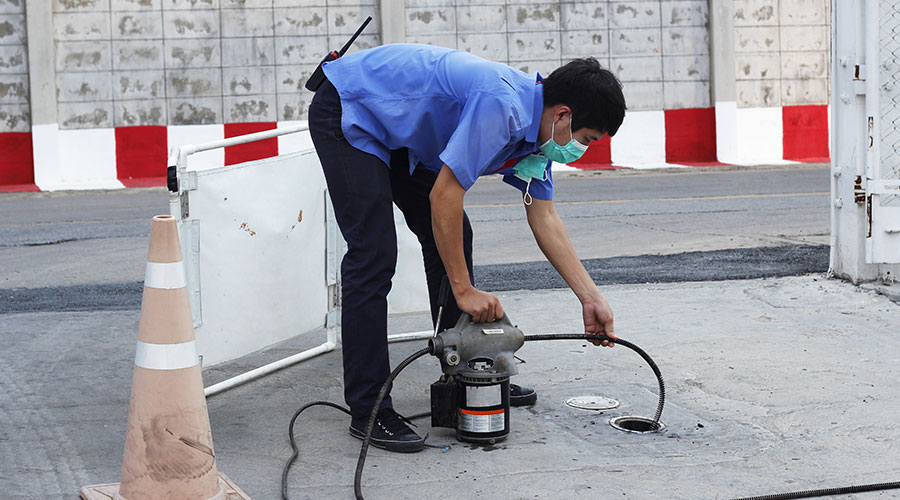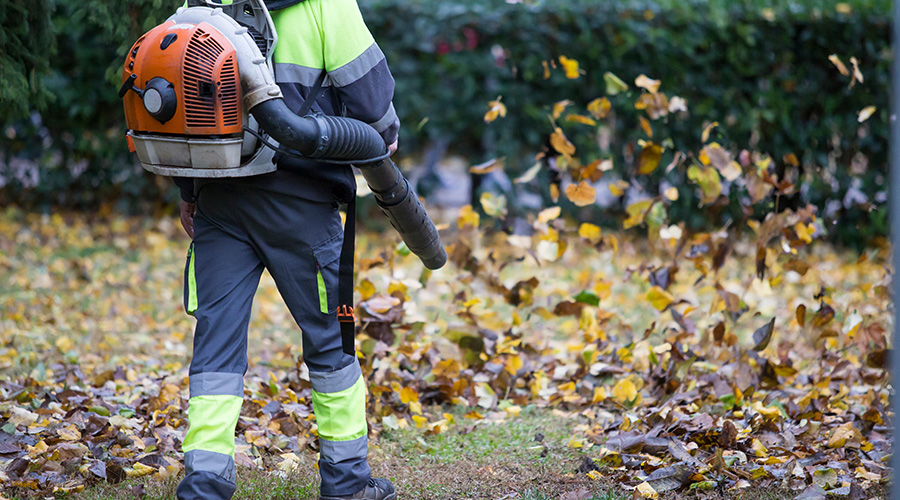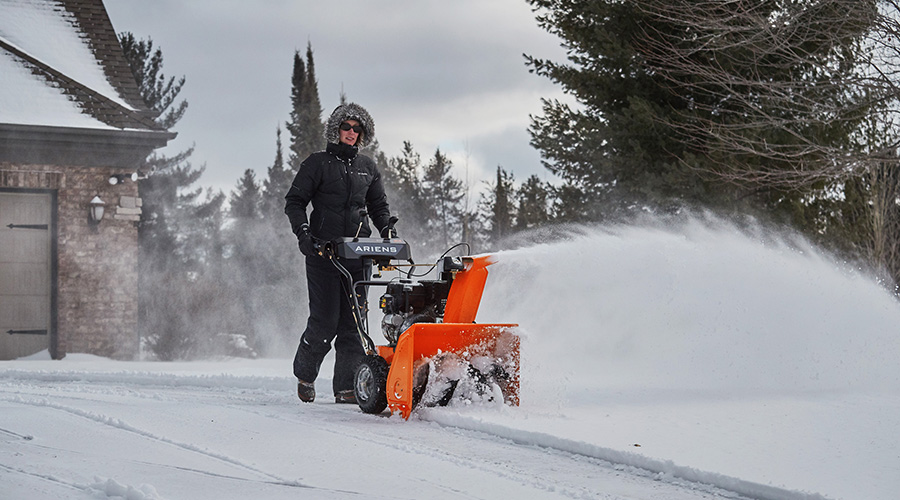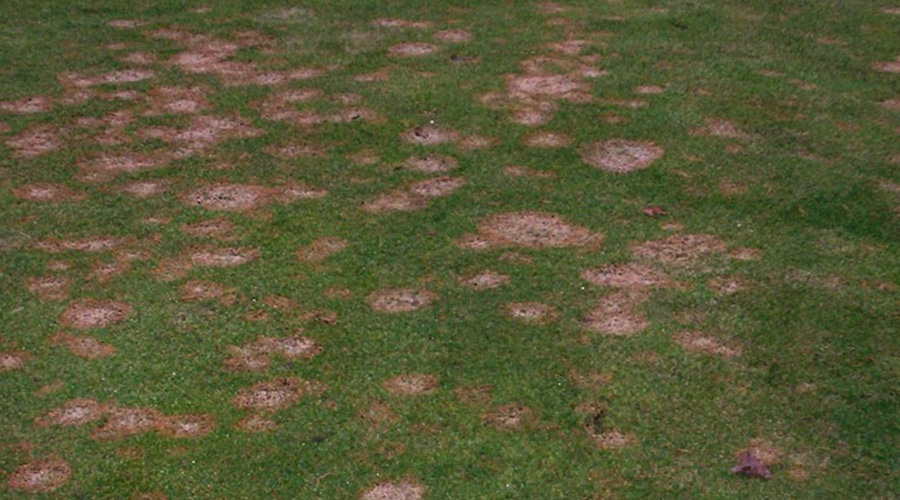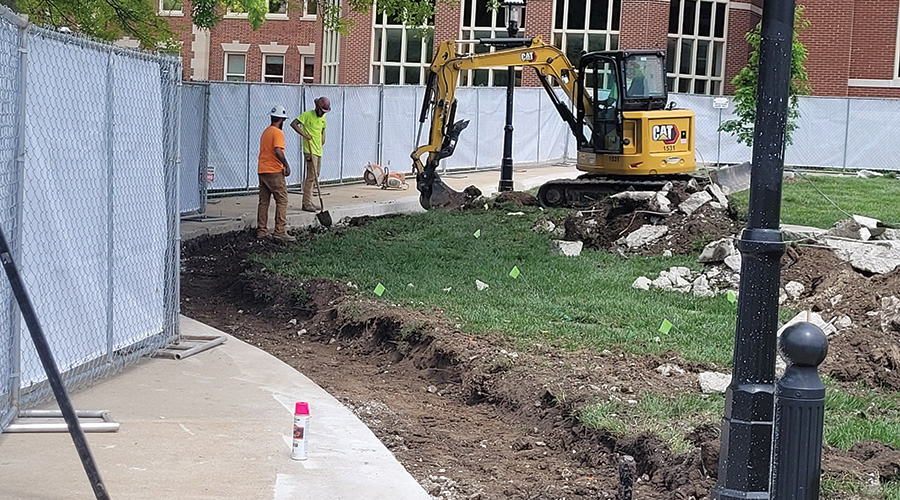Emphasizing Grounds Maintenance Worker Safety
Grounds care workers are exposed to many different dangers when working outside
Grounds maintenance is highly variable, dangerous and seasonal work, and keeping grounds crew members safe when on the job is an often-overlooked area for grounds managers. The range of responsibilities these employees are tasked with makes it essential to look out for the risks to their safety.
Grounds teams are responsible for maintaining many areas at institutional and commercial facilities, from a patch of grass in front of a suburban office building to golf courses and sports fields and campus landscapes. Their tasks include mowing, snow plowing, shoveling, planting and pruning, mulching, picking up trash, and power-washing paved surfaces.
With that breadth of variability comes risks involving equipment hazards, extreme weather conditions, ergonomics and noise pollution.
“Because so much of that activity is contracted — and not only is it contracted, it’s subcontracted — the relationships of the people that are actually doing the physical work can be layers removed from the facility manager,” says Julie Sobelman, a senior environmental health and safety consultant.
While safety is a high priority for institutional and commercial facilities, Sobelman says some organizations believe the third-party contractors hired for jobs are responsible for their own employees’ safety.
“It primarily depends on the employer-employee relationship,” she says. “Where it's your own employees, you probably pay more attention to their safety. Where they’re contracted, subcontracted, further subcontracted, come and go, I think there are a lot of reasons why it falls through the cracks.”
Signing a contract
Making assumptions about safety issues is a recipe for disaster. It is crucial that managers who hire landscaping or grounds maintenance crews maintain a tight contract with language that includes provisions for safety concerns. Rather than simply transferring the risk to their contractors, managers can take small steps to ensure safety remains a priority in their departments.
When it comes to safety, Sobelman says the contract is the place to start. She says grounds managers should implement evaluation criteria for contractor selection based on several areas, including:
- a company's safety performance
- pre-work meetings that review safety protocols
- reviewing potential hazards and measures in place to control them
- ensuring all workers have been trained to perform the task
- ensuring tools and equipment are maintained in good condition
- understanding emergency provisions.
Sobelman says managers actually get outside and evaluate the crew as they are doing the job. Workers might have done a great job mowing the lawn, but were they wearing protective footwear and eye protection while doing it?
“By being more visible throughout the job and paying attention to safety as well as work performance, you'll have better outcomes,” she says.
Rusti Dyals, national director of environment, health and safety for ESFM, a facilities services company, also recommends that managers perform a risk assessment before any tasks are performed.
“Understand the risks, have a program in place for how to perform the task in a safe manner, and educate the team accordingly,” she says. “This is an ongoing process.”
Dyals says safety is not a one-time checklist but should be an ongoing conversation whether grounds maintenance is contracted or not.
Amy Wunderlin is a freelance writer based in Fort Atkinson, Wisconsin.
Related Topics:







